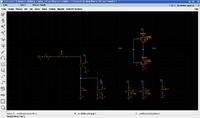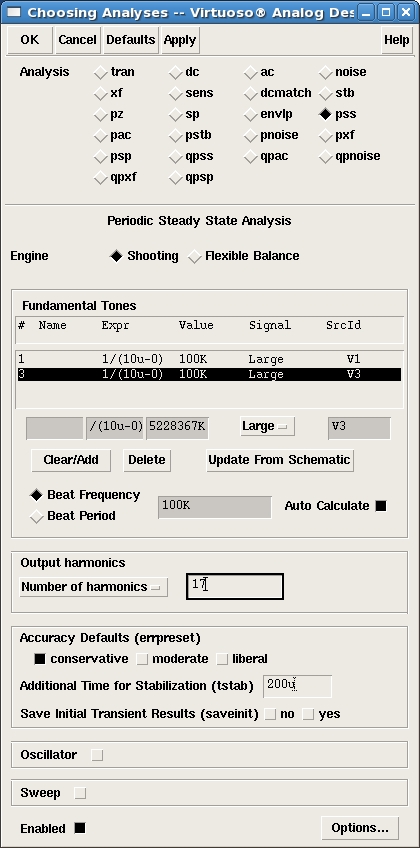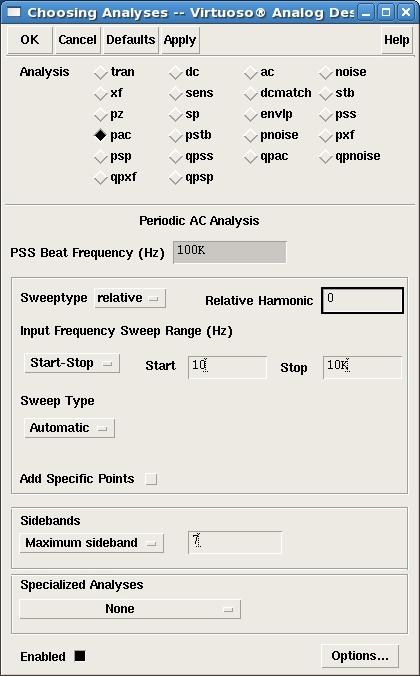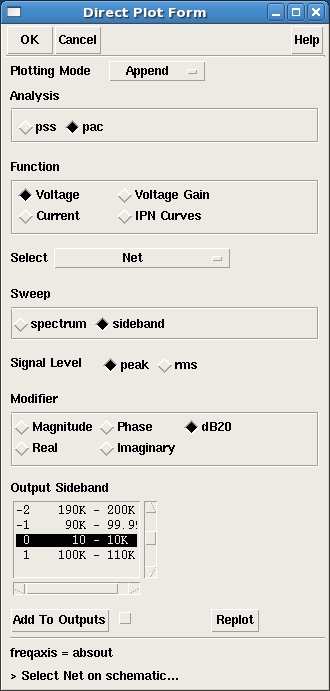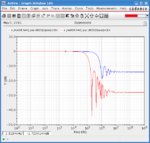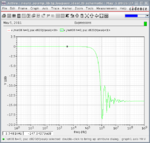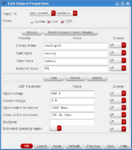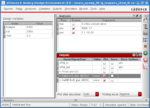viperpaki007
Full Member level 5

Hi,
I am planning to use cadence spectre RF tool to simulate switched capacitor circuits response. Can any body suggest me a link or book to know the simulation settings/tutorial for that...
I am planning to use cadence spectre RF tool to simulate switched capacitor circuits response. Can any body suggest me a link or book to know the simulation settings/tutorial for that...



